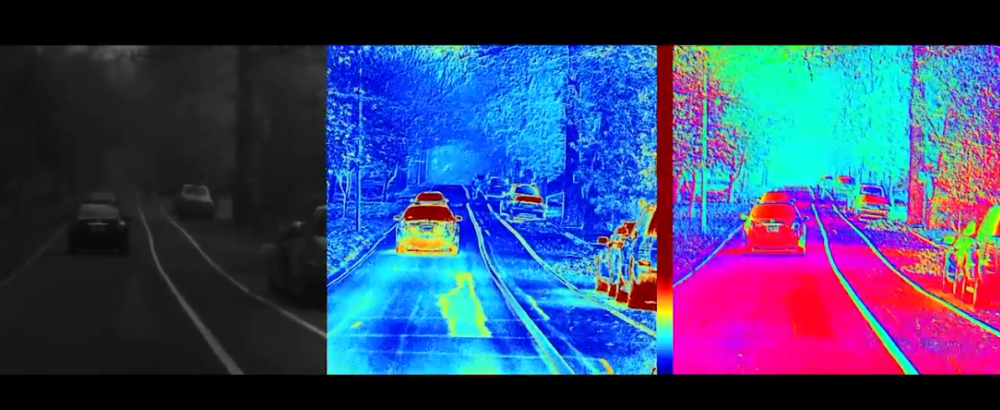“We are beginning to reach the limit of what traditional imaging sensors can accomplish. Our new bioinspired camera shows that nature has a lot of interesting solutions that we can take advantage of for next-generation #sensors.” Published in #OSA_Optica: https://t.co/l2nbNRNlA3 pic.twitter.com/d6ZdSQQdbw
— The Optical Society (@OpticalSociety) October 14, 2018
Despite the potential of self-driving vehicles to revolutionize daily driving, these vehicles still have some navigation flaws that automakers and engineers are seeking to eliminate. One of these flaws is that autonomous vehicle (AV) technology has trouble detecting dark-colored vehicles. Another flaw is that they lack a comprehensive view of the vehicle’s surroundings. Japan is currently implementing 3D mapping technology with AV navigation systems, to help boost the technology’s accuracy and sensitivity in detecting lane lines, speed limits, and other road condition details.
Now, University of Illinois researchers are fine-tuning a new camera inspired by the Mantis Shrimp. This gadget will enable AVs to detect polarization. This, in turn, will help the vehicles more accurately detect other autos, environmental hazards, and pedestrians, particularly in low-light conditions.
The Research
Team lead Viktor Gruev of the University of Illinois at Urbana-Champaign articulated his group’s unique contribution with the new bio-inspired camera design. “In a recent crash involving a self-driving car, the car failed to detect a semi-truck because of its color and light intensity blended with that of the sky in the background. Our camera can solve this problem because its high dynamic range makes it easier to detect objects that are similar to the background and the polarization of a truck is different than that of the sky.”
Advanced Protection and Connectivity: Boost your confidence and simplify your life with OnStar technology
Photo: Amada44
The Mantis Shrimp
The Mantis Shrimp is a worthy (albeit unusual) animal to base the technology on. Not only do their eyes have a logarithmic response to light intensity, but they can distinguish between wavelengths of about 1-5 nanometers. Researchers applied these principles to the camera, so the photodiodes converted light into an electrical current. They also used a forward bias mode to impart the camera with a logarithmic response. Additionally, they incorporated nanomaterials which serve as polarization filters at the pixel level, so the camera “sees” its environment as a Mantis Shrimp does.
The team tested the camera with an AV in challenging driving conditions like foggy weather and dark tunnels. The camera successfully passed all of the tests. We anticipate more details in the days ahead, as the team continues to finesse their innovative camera design. The technology promises to make self-driving vehicles a bit safer for everyone.
Expanded Horizons: Discover the 2019 Chevy Corvette lineup
News Source: Interesting Engineering
The News Wheel is a digital auto magazine providing readers with a fresh perspective on the latest car news. We’re located in the heart of America (Dayton, Ohio) and our goal is to deliver an entertaining and informative perspective on what’s trending in the automotive world. See more articles from The News Wheel.
